Many people dread the whole job interview process. It’s even more common for competitive positions, such as a UX designer role. However, a few small tactics can help you make the whole experience smoother while maximizing your chances of getting that dream role you always wanted.
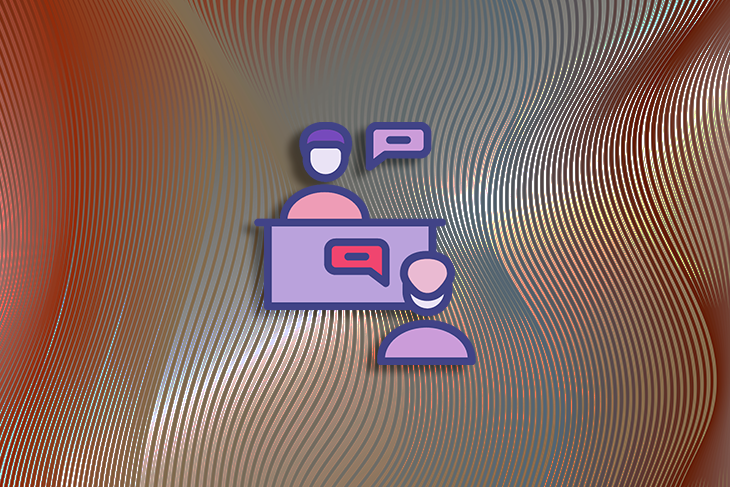
Let’s dig in so you can feel confident for your next interview and land your ideal UX job.
The role of a UX designer has grown in popularity in recent years. The promise of high pay in the technology sector while working on creative challenges and not needing heavy technical knowledge is tempting to many.
The education sector also started catching up on this trend, offering various courses and degree programs for teaching students UX designers. As a result, the number of people trying to break into UX design grows every year, and there are numerous passionate candidates for each opening.
Growing expectations make it even more difficult. A couple of years back, having basic knowledge of design tools and research was enough to secure an entry-level spot. But as technology advances, more and more manual and time-consuming parts of the process become automated.
With the rise of AI, labor-intensive jobs such as adjusting the UI to the design system or grouping relevant components can be often done with a few clicks of a button. This automation raises the bar. Basic Figma skills are no longer a differentiator, and UX designers are expected to become more proactive and strategic in their work.
Rising expectations and an abundance of candidates make each new UX design opening difficult to get. For these reasons, if you want to change your job or break into UX design, you can’t just do well during your next interview. You must nail it.
Preparation is the key. The more prepared you are for your next interview, the higher your chance of impressing hiring managers.
There are three main things you should do:
Ensure you understand the basics, such as the mission and vision of the company and what goal it’s trying to achieve. You don’t want to seem like someone randomly applying to all UX roles. Understanding the company you apply for will help you showcase to recruiters that your application was intentional and that you really want to work for this specific company.
Start with reviewing the company page. Look at the products they offer, the audience they target, and potential messaging cues, such as comparing themselves to competitors. Career pages often have a section on company values and culture; get a good hang of them.
A quick search on Google News can also be beneficial. For example, you might find that they recently announced a change in their offering or acquired a competitor — bringing that up at some point during the interview will give you some bonus points.
To check how well you understand the company you are applying for, ask yourself these questions:
Although it might be hard to answer all these questions, especially if you are applying for a smaller and lesser-known company, at least try it. If you can’t find an answer for some of the questions, these might be actually great questions to ask at the end of the interview (which I’ll cover later).
Understanding the actual product is even more critical than understanding the company itself. If you apply for a role in a specific product, play with it, note down your thoughts, and look for improvements, aha moments, and pain points. If you don’t apply for a specific product, get a high-level picture of their offerings.
You could do a few basic exercises:
But most importantly, simply play with the product and try to get into users’ shoes.
During the interview, whenever you get asked company, product, or competition-related questions, this knowledge will give you extra ammunition to nail your answers while showcasing genuine interest in the company.
There are thousands of potential behavioral questions you can get. By behavioral questions, I mean the “tell me about the time you did X” questions. Trying to prepare and anticipate all of them doesn’t make sense; there’s a better way.
Review your past professional work and identify 6–10 most impactful moments in your career. These can be your most significant successes, failures, challenges, or other lessons learned.
Then, try to recall all the small details of these situations, note them down, and practice your storytelling. You should be able to clearly identify the problem, solution, and result or impact of each of your stories. Ideally, you should have a handful of valuable and impactful stories you can tell your recruiter.
When any “tell me about X?” question appears, there’s a high likelihood that some details from one of your stories will have you covered. A few well-prepared stories are more valuable than fifty vaguely rehearsed behavioral questions.
During the interview, there are three main things you should remember to impress interviewers.
Keep your answers short and clear. Try to answer any question within one or two minutes, and don’t elaborate too much or overshare. The goal here is to allow the interviewer to ask follow-up questions they are genuinely interested in.
If you spend five minutes giving a complete and comprehensive answer, there’s a chance you won’t mention the parts the recruiter wanted to check, but due to lack of time, they’ll just decide to skip them. Then, they might decide you are not the right fit simply because they didn’t have the opportunity to check all the boxes.
Harsh truth: no one cares what you did, they care about the impact those actions had. Don’t elaborate on the new onboarding flow you’ve created or a new fancy AI-related feature you introduced. Out of context, the other side has no way of knowing if it was something meaningful or just a wasted effort.
Instead, focus your answers on the impact you created and the process you followed. By describing your process, you showcase how you work and approach solving problems and delivering solutions.
By explaining the solution’s impact, you demonstrate the effectiveness of your work and the scale of changes you worked with. The actual solution itself is usually irrelevant and doesn’t tell much without measurable results.
I know it’s easier said than done, but try to treat the interview as a conversation with a teammate. Don’t be too serious, and try not to promote yourself too much. You can even crack a joke here and there.
The point is that hiring managers are not only recruiting a UX professional but also recruiting a team member they’ll work with, chat on breaks with, and maybe even go on workcation together. You not only have to sell yourself as a great UX designer but also as a colleague the other person would love to have.
Try to relax and imagine you are chatting with a colleague about work-related stuff rather than an interrogation on a corporate judgment day. Trust me, you’ll be both less stressed and more likable as a result.
At the end of each interview, there’s usually space to ask your questions. Use it well.
First of all, interviews are two-sided. You want to ensure that the company you apply to is indeed the one you want to work for. Secondly, the quality of your questions shows the quality of your thinking. If you ask meaningful and intriguing questions, you show curiosity and preparation. The questions you ask can also demonstrate your expertise.
There are two sets of questions you want to ask, and you’ll want to be sure you ask the most important to you on your limited time budget.
Ask questions to help you understand if you want to work for the company. Some examples include:
If you want to work for a heavily discovery-focused company, and the company says that the usual workflow is that PM brings requirements, and you spend time doing perfect UI, then you already have a red flag.
If there are some things about the company you’d like to know before making the decision but couldn’t find during your company research exercise, it’s also an opportunity for you to ask them.
Highlight your expertise and thinking process by asking smart questions about the product and approach. For example:
If you know that you have valuable expertise in some areas, but didn’t have the chance to showcase it by answering interviewers’ questions, try to demonstrate it by asking related questions.
It’s a good practice to send a thank you email within about 24h after the interview.
In this e-mail:
This can help you in numerous ways:
These extra five minutes can make a difference.
UX interviews are hard, but implementing a few tactics can help you dramatically increase your chances of success.
Start with preparation. Research not only the company but also the actual product. Note down what stands out and what potential improvements and doubts you have. These will come in handy when answering product-specific interview tasks or asking smart questions.
Make sure to have a solid list of well-prepared stories from your experiences. You can answer most interview questions with references to your past experiences — no need to spend hours rehearsing generic questions and answers online.
During an interview, focus on the meaty part and leave the interviewer room for follow-up questions. That’ll ensure you spend time discussing things the interviewer wants to hear.
Focus on your impact and the process you followed to achieve this impact. The solutions themselves are too context-dependent to be relevant.
Use the time you have to ask your questions well. Each question you ask should help you either:
Generic questions like “what’s the best part of working here?” won’t give you much value.
Don’t forget a follow-up email, and most importantly, treat the interview as a friendly conversation. Hiring managers don’t want to hire only a skilled professional but also a great colleague. And finally, fingers crossed for your next recruitment process!
Header image source: IconScout
LogRocket lets you replay users' product experiences to visualize struggle, see issues affecting adoption, and combine qualitative and quantitative data so you can create amazing digital experiences.
See how design choices, interactions, and issues affect your users — get a demo of LogRocket today.
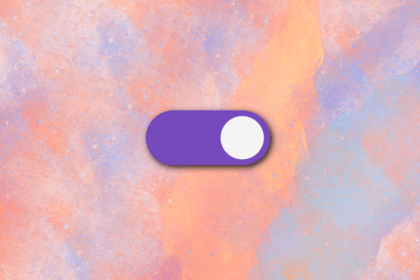
From Google Docs to dark mode toggles, segmented controls are everywhere. Here’s sharing all I know about toggle button design and how to use it effectively with real-world examples, UX principles, and fav design tools.
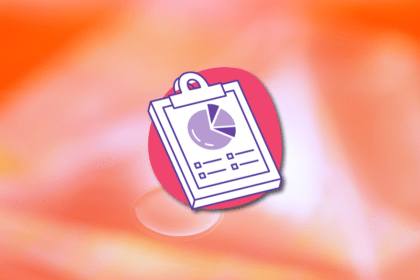
Designing a UX study? The choice you make between within-subjects and between-subjects research is crucial. In this blog, I break down these approaches so you can collect insights better.
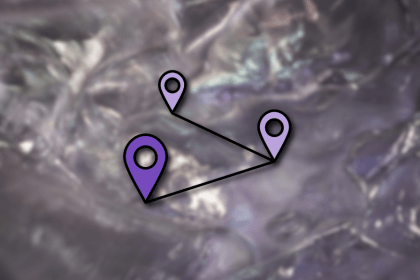
Breadcrumbs let users jump across levels, while back arrows keep navigation simple. But which should you use? This guide compares them and helps you decide what’s best for your UX.
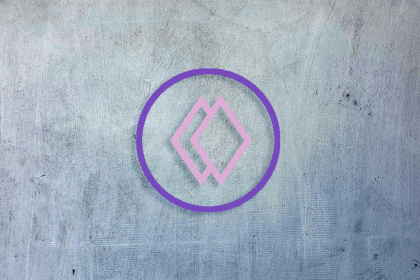
Learn what the Double Diamond design process is and how to leverage it to design impactful solutions that engage users.
One Reply to "How to nail a UX design interview"
Nice articles…